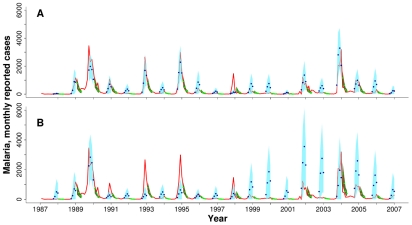Figure 4. Hindcast predictions for the time course of epidemics for Kutch.
The malaria data are shown in red. Superimposed on these observations, we show the predicted mean cases from one to four months ahead obtained by simulating the VSEIRS model from (1) the end of August (blue dots) and (2) the end of December (green dots). Shadowed regions in respective colors correspond to the standard deviation from a set of 5000 predicted values for each given time. Notice that this procedure requires the estimation not only of the observed state (i. e. reported cases) but also of all non-observed states at each time (i.e. S,E,I,R, ,
, ). Simulations of the model require the accumulated rainfall in the previous five months: to obtain this quantity, the observed rainfall is used only until the initial time (end of August or December) and the rest of the months are completed by replacing the ‘missing’ rainfall value (given that we are predicting one to four months ahead) by its monthly average. (A) VSEIRS model with rainfall; (B) VSEIRS model without rainfall.
). Simulations of the model require the accumulated rainfall in the previous five months: to obtain this quantity, the observed rainfall is used only until the initial time (end of August or December) and the rest of the months are completed by replacing the ‘missing’ rainfall value (given that we are predicting one to four months ahead) by its monthly average. (A) VSEIRS model with rainfall; (B) VSEIRS model without rainfall.

